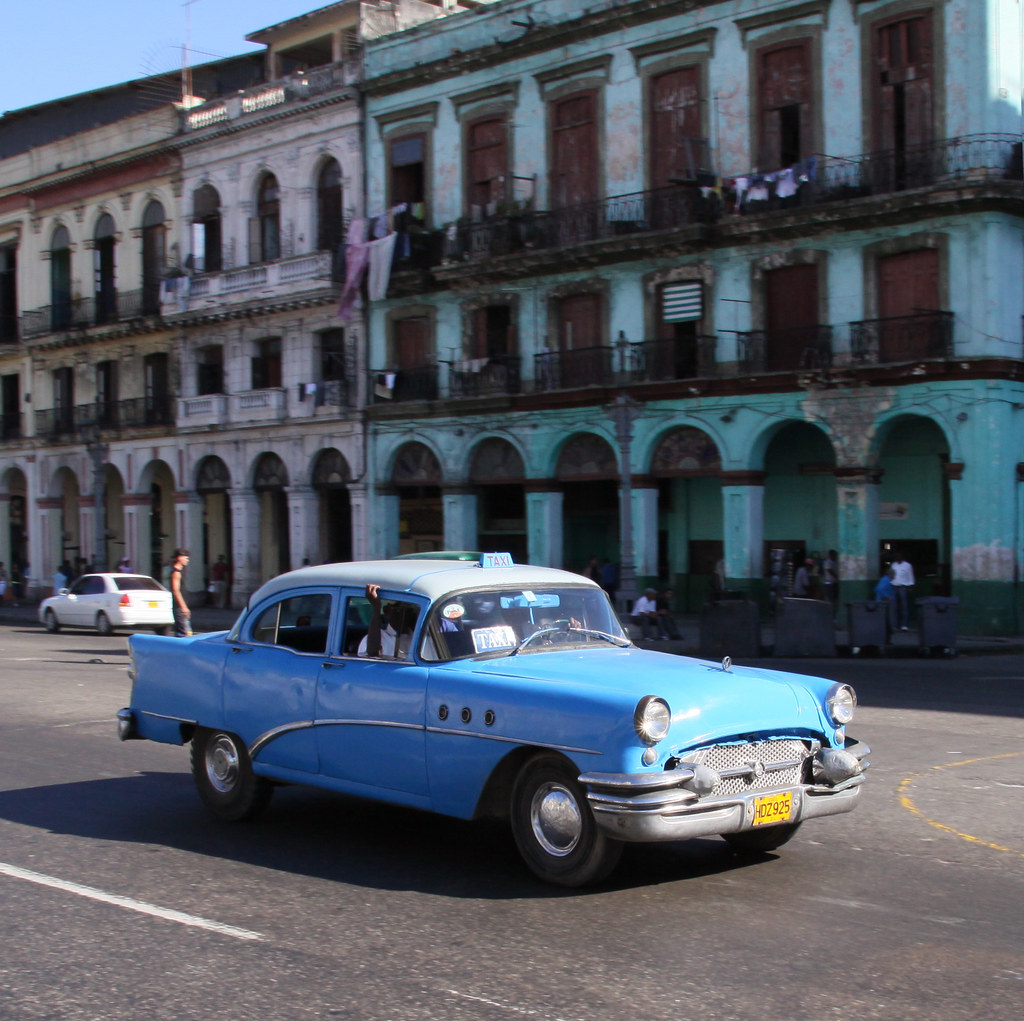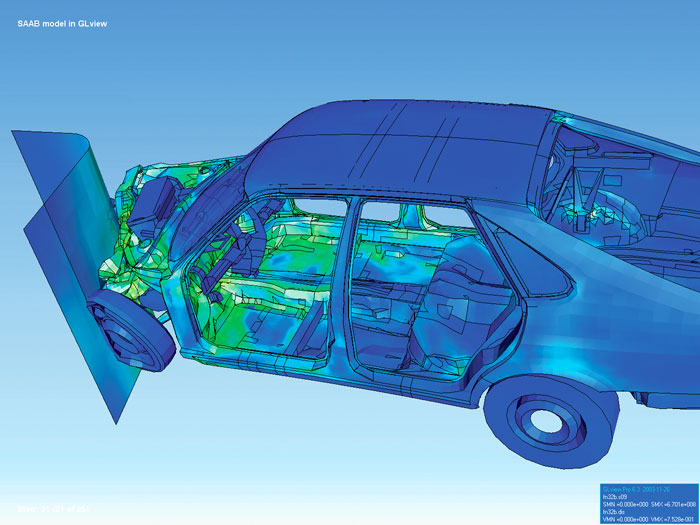
The history of the American automotive industry is rich with innovation, expansion, and in some cases, demise. Over the past century, numerous car brands have entered the market with great promise, only to fade into obscurity due to various economic and industry challenges. Let’s take a closer look at some of these fascinating American car brands that, despite their eventual downfall, made significant contributions to the automotive world.

1. **Oldsmobile**: Founded by Ransom E. Olds in 1897, Oldsmobile became a household name and was one of General Motors’ leading luxury brands. Known for its innovation, Oldsmobile introduced the first turbocharged engine and front-wheel-drive models, such as the Turbo Rocket and Toronado. However, the brand’s image deteriorated due to badge-engineering and uninspiring designs, leading to its closure in 2004.
2. **Packard**: Established in 1899 by James Ward Packard, this brand quickly became synonymous with luxury and engineering excellence. Competing with the likes of Rolls-Royce, Packard was respected for its high-quality vehicles. Unfortunately, its refusal to follow industry trends led to outdated designs, and the brand ceased operations in 1958.
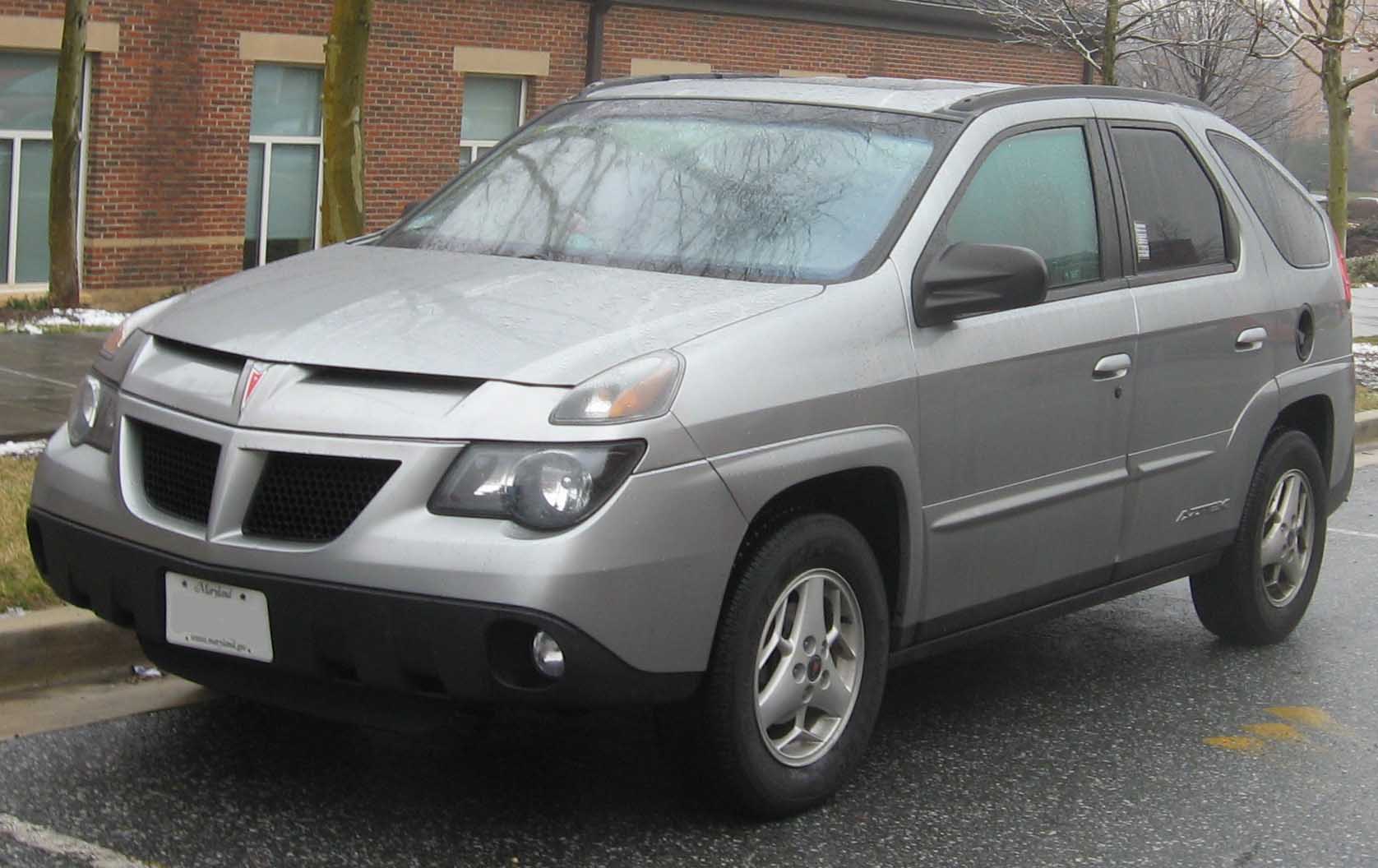
3. **Pontiac**: Incorporated in 1926, Pontiac carved its place in automotive history with legendary models like the Firebird and GTO. It was General Motors’ answer to performance-oriented car enthusiasts. However, as part of GM’s financial crisis restructuring, Pontiac was discontinued in 2010.

4. **Mercury**: Launched in 1938 by Ford Motor Company, Mercury aimed to bridge the gap between Ford’s mass-market vehicles and its luxury Lincoln line. Despite its historic significance, declining sales resulted in the brand’s closure in 2010.
.JPG/1200px-'70_Plymouth_Barracuda_('11_Auto_classique_VAQ_Mont_St-Hilaire).JPG)
5. **Plymouth**: Introduced by Chrysler in 1928, Plymouth offered affordable yet stylish vehicles like the Barracuda and the Neon. However, after Chrysler’s merger with Daimler, the brand was phased out in 2001.

6. **Saturn**: Launched by General Motors in 1982 as a response to Japanese imports, Saturn offered a unique brand of vehicles with a focus on innovation and customer satisfaction. However, lack of new models and dwindling sales led to its end in 2009.
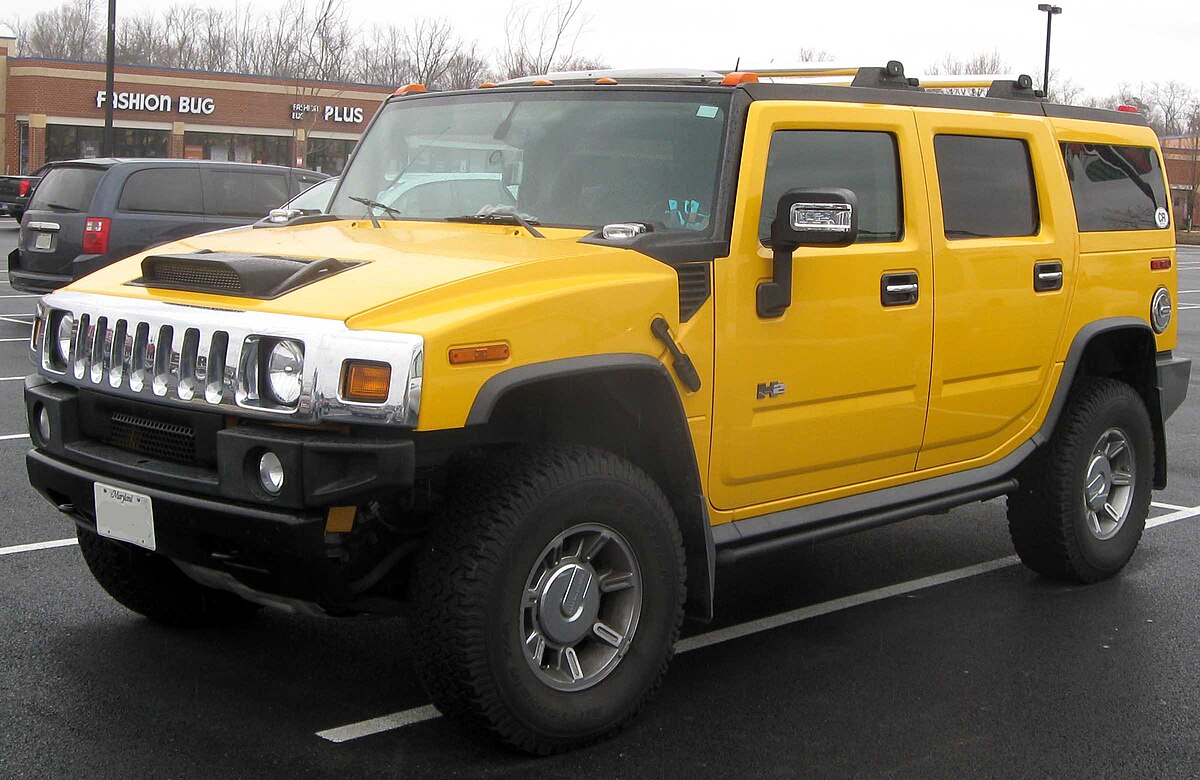
7. **Hummer**: Known for its rugged design, Hummer originated as a civilian version of the military HMMWV and became popular during the late ’90s. Despite its popularity, environmental concerns and economic factors led GM to halt its production in 2010, though the name was later revived for an EV truck.

8. **Scion**: A Toyota initiative launched in 2003, Scion targeted younger buyers with its quirky, compact cars. Despite its initial success, the recession and declining sales led to its dissolution in 2016.

9. **Eagle**: Created by Chrysler in 1988, Eagle offered rebadged Mitsubishi vehicles and former AMC models. Due to a lack of distinct identity and poor sales, the brand was discontinued in 1999.

10. **Daewoo Motors**: Once a dominant force in South Korea, Daewoo Motors suffered from financial scandals and was eventually acquired by General Motors in 2002. The brand was rebranded as GM Daewoo and ultimately faded away by 2011.
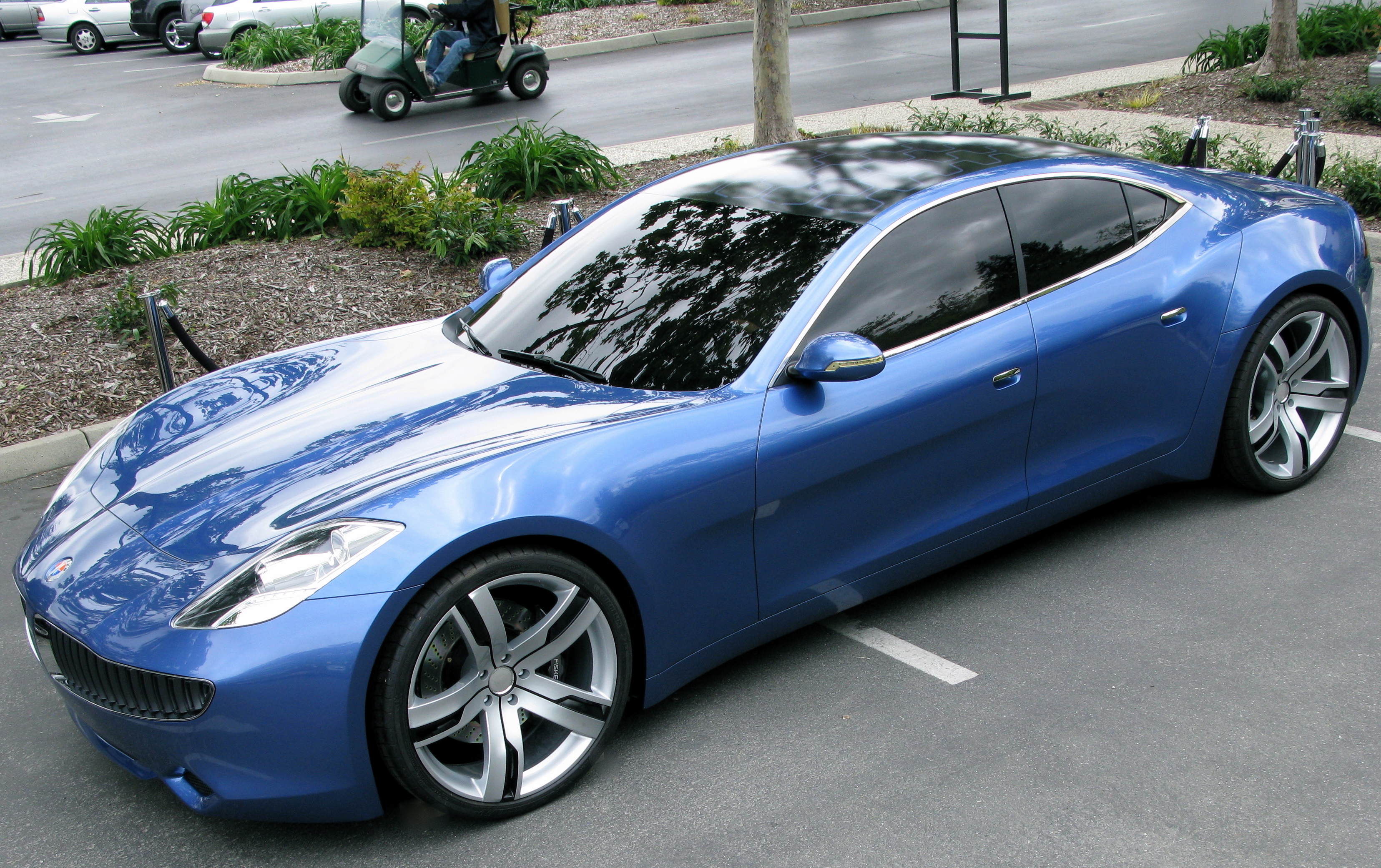
11. **Fisker Automotive**: Founded in 2007 and known for its luxurious Karma EV model, Fisker Automotive faced financial difficulties and inventory loss due to Hurricane Sandy, leading to its bankruptcy in 2013.

12. **Saab**: This Swedish automaker, established in 1945, became renowned for its safety and aerodynamics. Despite GM’s acquisition in 1989, financial woes led to its dissolution in 2016.

13. **CODA Automotive**: An ambitious American EV startup, CODA Automotive launched a promising electric sedan in 2012. However, financial struggles and limited sales concluded in its bankruptcy in 2013.
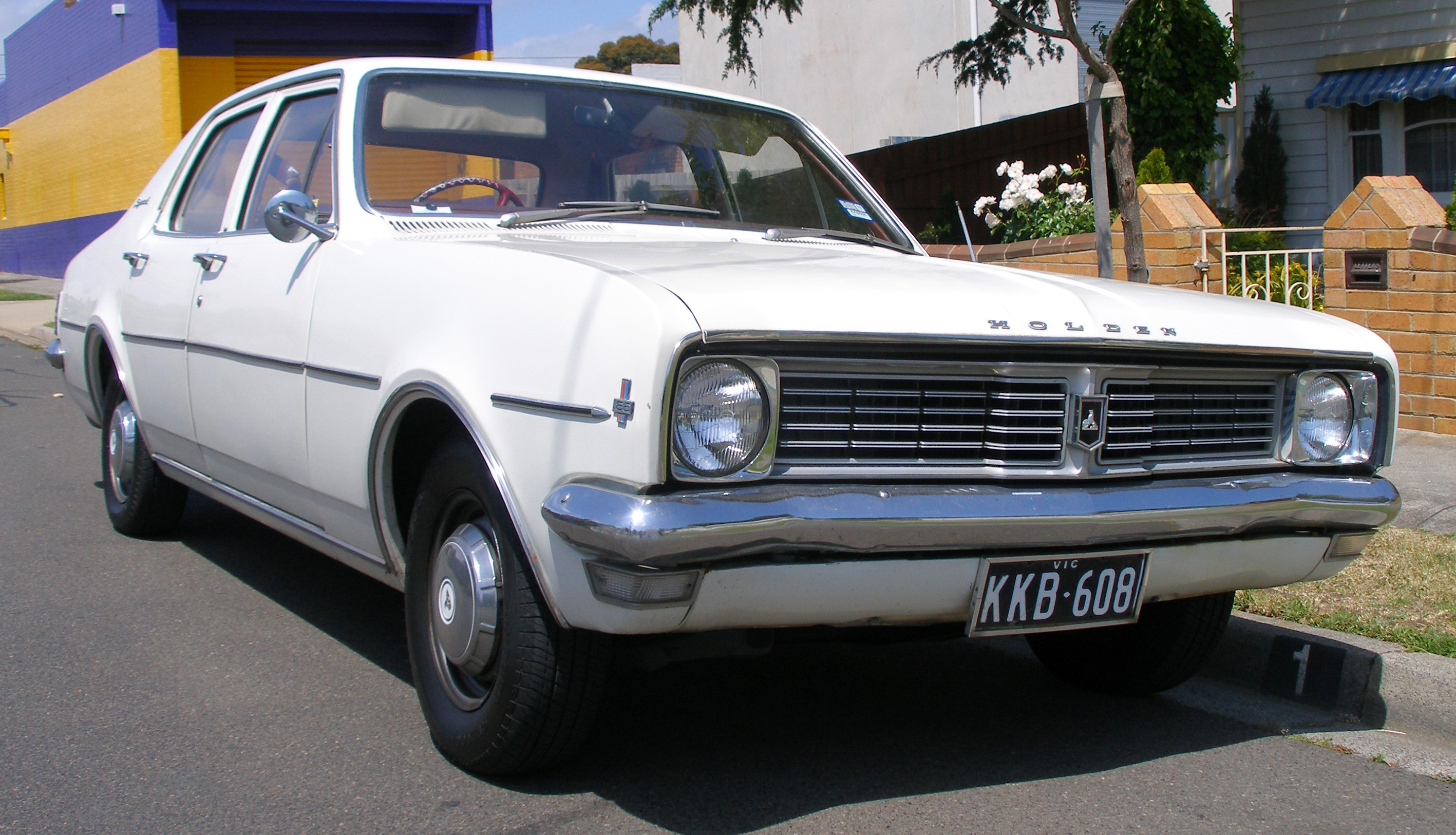
14. **Holden**: Australia’s treasured brand Holden, part of GM since 1931, offered a mix of muscle cars and utes. Its closure in 2020 marked the end of a significant chapter in automotive history.

15. **Borgward**: Once a major German car manufacturer, Borgward disappeared in 1961. Revived briefly in 2015, financial issues led to its bankruptcy again in 2022, leaving behind a legacy of innovation and ambition.
16. **Studebaker**: Established way back in 1852, Studebaker began as a producer of wagons for farmers, miners, and the military. Transitioning into automobiles, the company became known for its family-friendly and dependable cars. Despite several innovative models, financial difficulties plagued Studebaker, leading to its closure in 1967. The name remains iconic in American automotive history for its classic and reliable designs.
17. **DeSoto**: This brand was introduced by Chrysler in 1928 to offer mid-range vehicles, sitting between Plymouth and Dodge in the market. Known for its elegant styling and powerful engines, DeSoto enjoyed success during the 1940s and ’50s. However, the brand struggled with declining sales in the late 1950s and was discontinued in 1961, leaving behind a legacy of stylish and affordable cars.
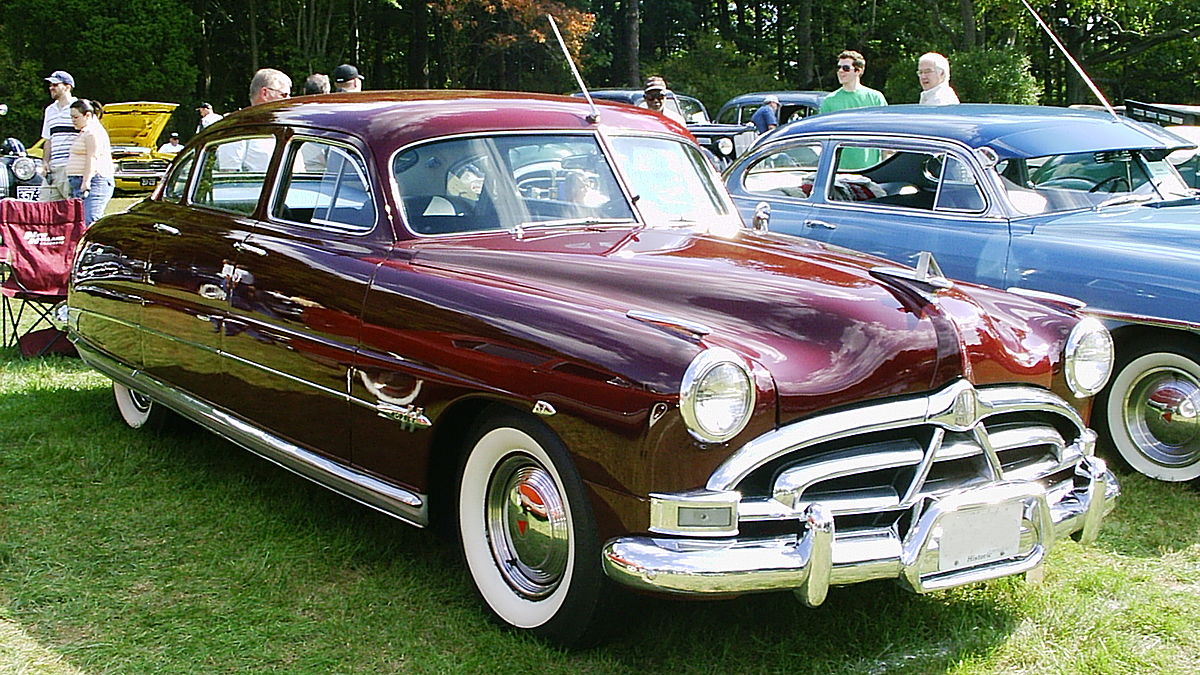
18. **Hudson**: Founded in 1909, Hudson was celebrated for its innovation in automotive design and engineering. The company’s most famous model, the Hudson Hornet, dominated NASCAR races in the early ’50s. Yet, financial challenges and a merger with Nash-Kelvinator to form AMC led to Hudson’s demise in 1954. Hudson’s pioneering spirit and racing prowess remain a significant chapter in automotive history.

19. **Nash**: Nash Motors emerged in 1916, quickly earning a reputation for producing reliable and forward-thinking vehicles. Known for introducing the first mass-produced unibody car and heating and ventilation system, Nash merged with Hudson in 1954 to form AMC. Though the Nash name disappeared in 1957, its legacy of innovation lives on as a cornerstone of American car evolution.

20. **Imperial**: As Chrysler’s luxury division, Imperial aimed to compete with Cadillac and Lincoln from its inception in 1955. Renowned for its opulent designs and powerful V8 engines, the brand struggled to maintain its market position amidst economic downturns. Despite a brief revival attempt in the 1980s, the name was retired in 1983, leaving behind a history of grandeur and prestige.

21. **AMC (American Motors Corporation)**: Created in 1954 from the merger of Hudson and Nash, AMC represented a bold step in the auto industry by offering unique compact and innovative models like the Gremlin and the Pacer. However, financial struggles and competition from larger manufacturers led to its acquisition by Chrysler in 1987, marking the end of an era for this once daring carmaker.

22. **Kaiser-Frazer**: Founded in 1945, Kaiser-Frazer was a post-war American automaker known for its stylish and innovative designs, such as the Kaiser Darrin. Despite early success, increased competition and financial difficulties led to its merger with Willys-Overland in 1953, and the Kaiser name was phased out by 1955. The company is remembered for its brief yet impactful presence in the automotive world.

23. **Willys-Overland**: Famed for producing the original military Jeep during World War II, Willys-Overland also manufactured civilian vehicles under the Willys brand. Known for their ruggedness and utility, these vehicles gained a loyal following. However, competition and financial issues led to the brand’s absorption into Kaiser-Jeep in 1953, and subsequently, into AMC in 1970.

These car brands, though no longer present in today’s marketplace, have left a footprint that is deeply embedded in the history of the automotive industry. Each brand’s rise and fall provides invaluable lessons and memories cherished by car aficionados. They represent a time when creativity and ambition drove the industry forward, and they continue to inspire new generations of automotive enthusiasts.
Related posts:
List of defunct automobile manufacturers of the United States
15 car brands that disappeared in the last 25 years
5 Dead Auto Brands and Why They Died


